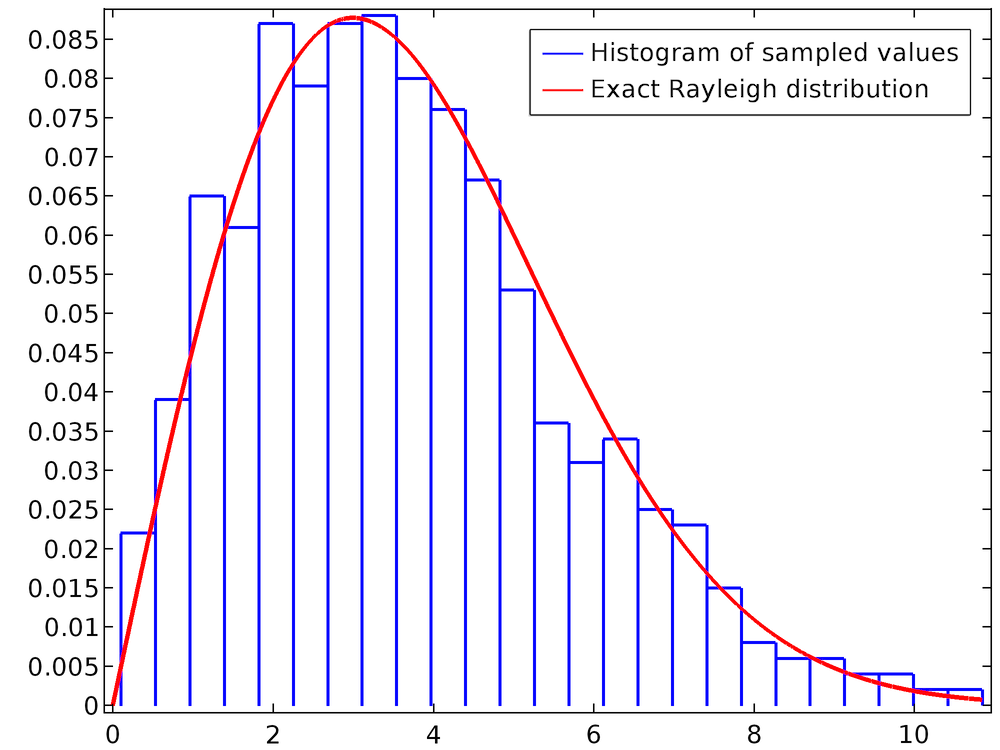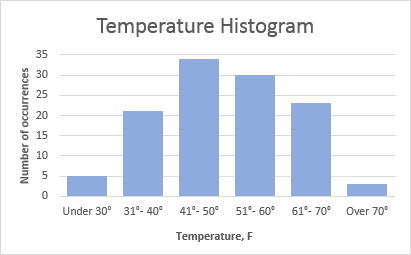
This would create a histogram with the distribution of data (marks) clubbed into bins as shown below. The histogram chart type is now available in the ‘Charts’ group of the Insert tab.Ĭlick on the histogram icon and select your histogram chart type. Select the range of cells and go to the ‘Insert’ tab. Creating a Histogram using Chartsįirst, create a dataset and select the range of cells containing the data to be displayed as histogram.įor example, let’s create a dataset for a number of students in 10 classes as shown below: Now, the histogram tool is available in Excel, let’s see how to create one. Then, check ‘Analysis ToolPak’ checkbox in the Add-ins dialog box and click ‘OK’. Select ‘Excel Add-in’ from the ‘Manage:’ drop-down at the bottom of the window and click ‘Go’. Here, you can view and manage your Microsoft Excel Add-ins. In ‘Excel Options’, Click on the ‘Add-ins’ tab on the left side. In the Excel backstage view, click ‘Options’. To install Analysis ToolPak Add-in, open the ‘File’ menu in Excel. Once the Add-in is installed, the Histogram will be made available in the list of Analysis Tools or in the charts group. To access it, you need to install Analysis ToolPak Add-in on Excel. The Histogram tool is not available in Excel by default. Now, let’s see how to create a Histogram in Excel. In Excel, you can create a histogram using the Data Analysis ToolPak or using a built-in histogram chart. A histogram, unlike a bar chart, shows no gaps between the bars.Ī histogram chart in Excel is primarily used for plotting the frequency distribution of a data set. However, Histograms are used to show distributions of data while bar charts are used to compare data. Histograms may look very similar to vertical bar graphs but they’re different. Scott’s normal reference rule tries to minimize the bias in variance of the Pareto chart compared with the data set, while assuming normally distributed data.A histogram is a graphical chart that shows the frequency distribution of discrete or continuous data. To change this value, enter a decimal number into the box.įormulas used to create histograms in Excel 2016 Underflow bin Check the box to create a bin for all values below or equal to the number in the corresponding box.

To change this value, enter a decimal number into the box.


Overflow bin Check the box to create a bin for all values above the number in the corresponding box. Number of bins Enter the number of bins for the Pareto chart (including the overflow and underflow bins).

The bin width is calculated using Scott’s normal reference rule.īin width Enter a positive decimal number for the number of data points in each range. Tip: To count the number of appearances for text strings, add a column and fill it with the value “1”, then plot the Pareto chart and set the bins to By Category.Īutomatic This is the default for Pareto charts plotted with a single column of data.


 0 kommentar(er)
0 kommentar(er)
